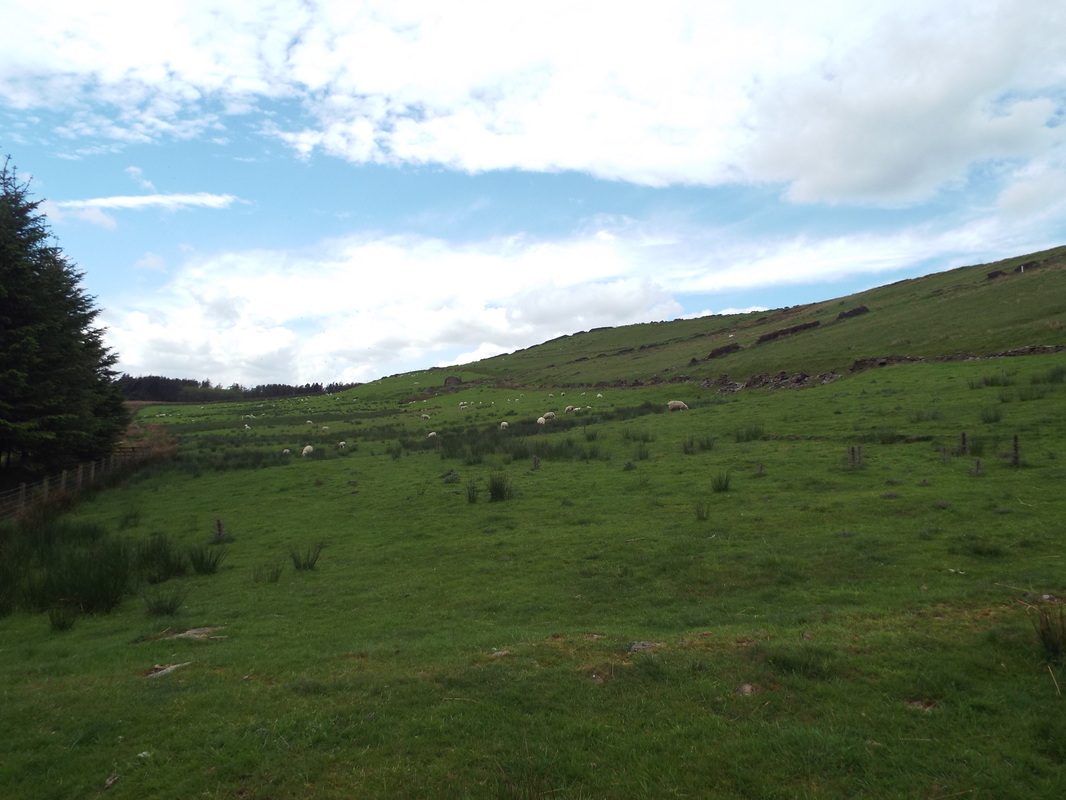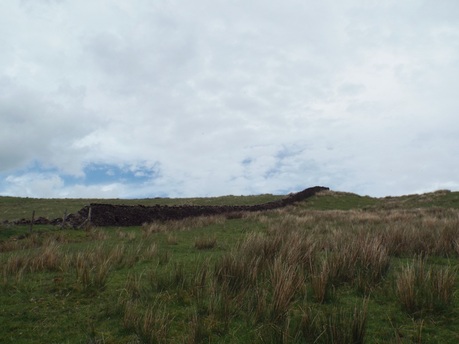Quarrying for stone first began here in 1798 when men were digging for stone in a field called Stone Pitts pasture which belonged to Dicken Height Farm.
Stone was initially extracted for local use but with the coming of the industrial revolution production increased dramatically to satisfy the growing demands of textile mills, housing and agricultural stone walling. With the arrival of the railways into the area in 1846 quarrying here and in the area expanded significantly and for the next 60 years stone was extracted with whole hillsides dissappearing in order to provide stone for towns and cities across the country as well as for export abroad.
From the ports of Liverpool and London stone was sent by ship to India, the Far East and America. At the peak of production between 1860 and 1890 some 3000 people worked in the quarries.
By 1919 the demand for stone together with rising extraction prices resulted in the closure of many quarries in the area and the removal and scrapping of the mineral tramways which ran across the moors and linked the quarries with the main railway sidings.







 RSS Feed
RSS Feed
